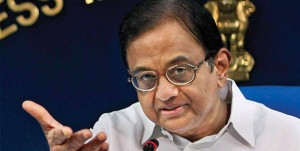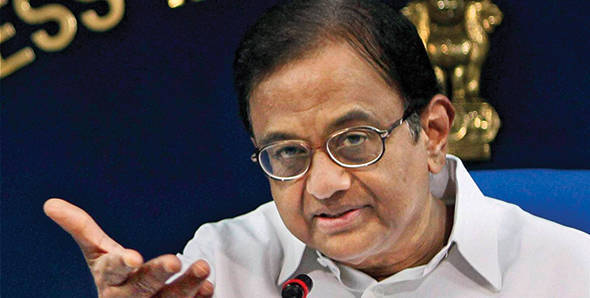 In the last ten years, the installed power capacity of the country has risen from 112,700 MW to 2,34,600 MW, informed the finance minister at the Parliament session, today. However, many additional capacities are being installed in major manufacturing industries such as steel, cement, refinery, power and electronics.
In the last ten years, the installed power capacity of the country has risen from 112,700 MW to 2,34,600 MW, informed the finance minister at the Parliament session, today. However, many additional capacities are being installed in major manufacturing industries such as steel, cement, refinery, power and electronics.
P Chidambaram, the finance minister said, while presenting the interim budget at the Parliament, “We have given a big push to infrastructure and capacity addition in infrastructure industries. In 2012-13 and in the nine months of the current financial year (2013-14), we have added 29,350 MW of power capacity.”
According to a Business Standard report, Chidambaram also said that nearly 50,000 MW of thermal and hydel power capacity is under construction, and the government has also assured the coal supply for 78,000 MW for power capacity.
Under the Jawaharlal Nehru National Solar Mission, four solar power projects (each with a capacity of over 500 MW) will be taken up in 2014-15. The aimed power value is part of the GOI’s target to add 20,000 MW of solar power by 2022. The target includes the shortfall in addition from the previous Plan period (2007-2012). The previous plan period (2007-12) target of 78,577 MW due to fuel scarcity issues.
India will soon start work on 2 GW of solar power projects in the next fiscal year, that will double its current photovoltaic capacity. India added 29GW of power-generation capacity between April to December. India’s peak power deficit dropped to 4 per cent in January, from 11.4 per cent, earlier, as per the statistics from the Central Electricity Authority.
The ministry of power has allocated over Rs 9768 billion in 2014-15 for funding schemes, that include approximately Rs 1520 billion loans for power projects and Rs 62.9 billion loans for projects in the Northeast region of India.
The ministry has also granted a capital spending of Rs 333 billion for maintenance, repair and upgrading of power projects. “The FDI policy was liberalized to attract larger investments in telecommunication, pharmaceuticals, civil aviation, power trading exchanges and multi-brand retail,” the finance minister said in his speech.







